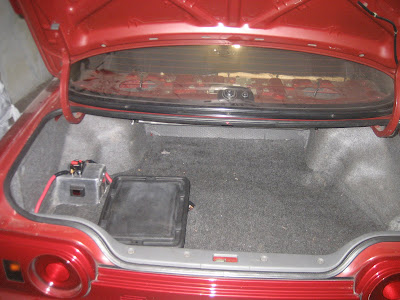Passion, It's the thing that drives us to achieve. The push we feel to dare to dream something, ideal, and then manifest that vision into reality. For anyone who's ever fallen head over heels into an engine bay, or body work, or getting your car track ready, YOU KNOW that feeling that drives you to customize and make things as you feel they should be. Your intuition is second to none. RC Car Skyline GTR R34 Custom Built Remote Control Car This GTR is no different from any of the other incredible cars featured on this site ( just look around; there's red ones , blue ones , silver ones , white ones , black ones ) - except for one, small, detail. - It's 1/7th the size! You wouldn't be able to fit inside it, but it still rips around like a GTR should, and is a whole lot of fun to drive I'm sure, and the customization on this build is phenomenal. Nissan Skyline GTR RC Car Rear End Spotted on the RC sub, user XJuggernaut101 shared their build story with us of ho...
- Get link
- X
- Other Apps






Comments
I was checking out battery relocation and its wiring diagram when I noticed Nissan FAST showed me a different kind of wire (sort of). See I know the positive terminal harness has sockets for the fusible links but how about the negative???
On the Nissan FAST diagram w/ part code 24080. The negative terminal wire shows some kind of branching out at the bottom with some kind of socket to it. What I have on the GT-R is just a straight wire that bolted/grounded on the body halfway and is bolted/grounded at the block on the end. Am I missing something here, do I have the correct wire? Or Did I just interpret the FAST wrong? Hope to hear from you good guru out there.
Thanks! :)
Thanks for the reply sky!
Post a Comment